How did the tradition of an afternoon nap develop in Russia
Siesta is an afternoon nap, which residents of many countries with hot climates cannot do without. But has anyone ever thought that we have a similar custom. "After a hearty lunch, you should sleep" — a well-known folk saying arose out of the blue. Peasants and tsars, monks and soldiers, vagabonds and merchants loved to sleep after lunch in Russia. How did the "siesta in Russian" appear - a phenomenon unusual for a country where the lunchtime sun is rarely burning?
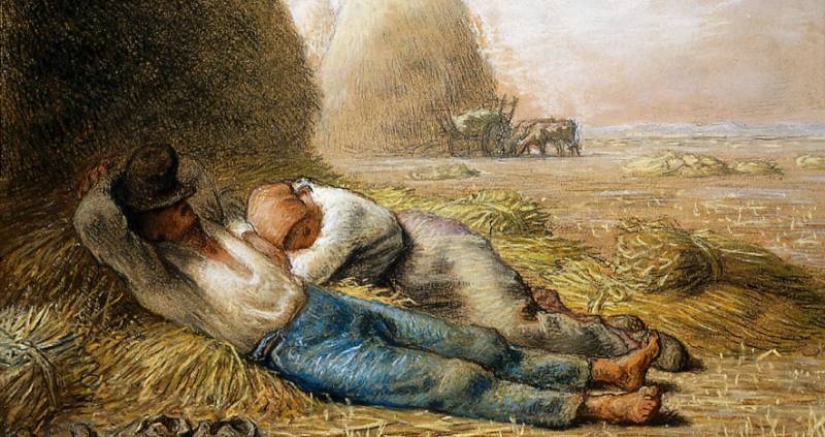
In Russia, an afternoon nap was mandatory, although not limited in time. Someone could rest for 10-15 minutes, and someone for several hours. Everything depended on the need for sleep, habits and, of course, status. A shoemaker or a plowman could not afford to cool off for 2-3 hours, but a wealthy citizen or a prince slept off as much as he wanted.
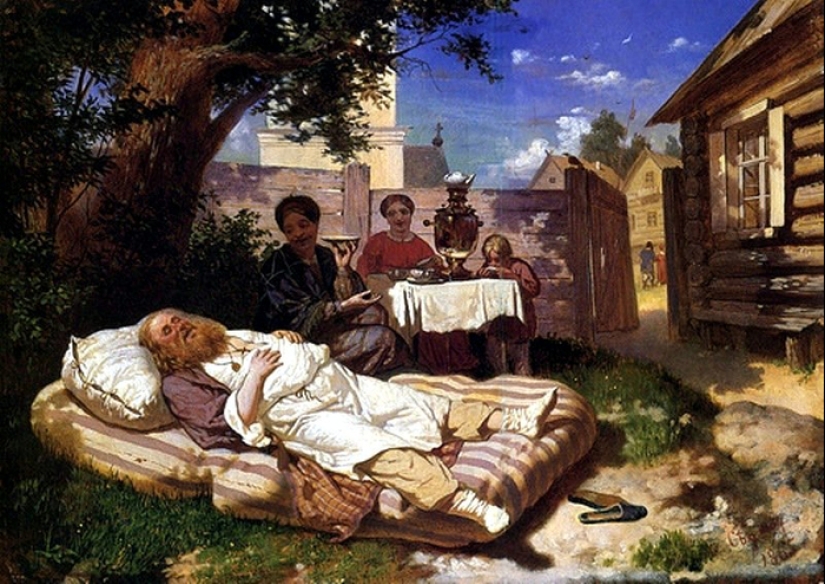
Vladimir Monomakh also spoke about the benefits of an afternoon rest in his "Teaching". The prince claimed that this custom was "awarded from God." According to him, not only people, but even animals and birds rest in the afternoon. This rule, quite burdensome, was observed by both kings and commoners. Tsar Alexei Mikhailovich, the father of Peter I, always slept after dinner. This helped him to be cheerful and in a good mood at the evening service in the church.
The good old tradition should not be ignored. The German traveler Konrad Bussov, who was visiting Moscow in the early 17th century, described an interesting case in his travel notes. It turns out that Tsar False Dmitry ignored the afternoon rest, which only increased the suspicion that "the tsar is not real." The active impostor immediately began his duties after lunch, as another traveler, Adam Olearius, recalled. Therefore, many were sure that the sovereign "was not Russian by birth and not the son of a Grand Duke."
But not everyone could afford to go to the bedchamber after lunch or climb on the floor. Someone was sitting in the offices, for example, officials. They were forced to sleep right at the workplace. And this has been happening for centuries. Back in the time of Ivan the Terrible, foreign diplomats noted that clerks often nodded off during important negotiations, instead of taking notes.
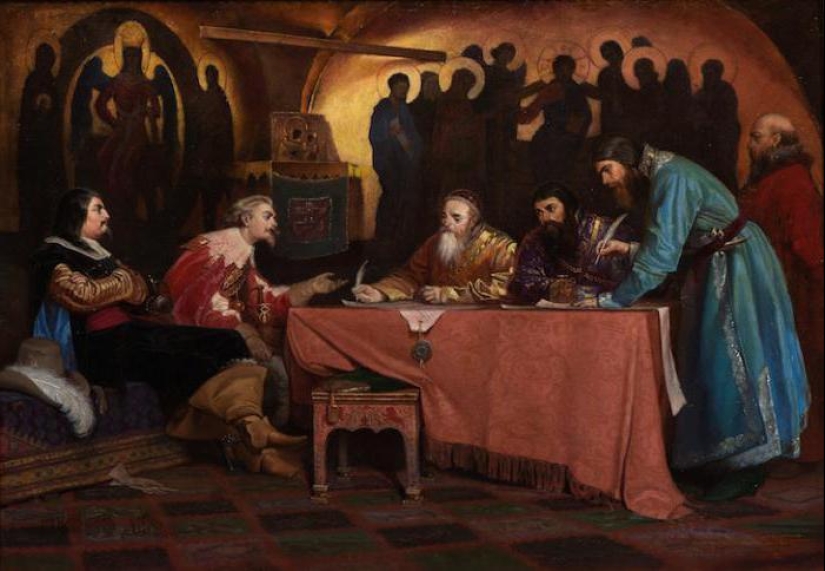
Shopkeepers also rested on the spot. They dozed on the porch of the store or inside if it was too cold or hot outside. Some historians believe that the custom of sleeping sitting was brought from Europe by Tsar Peter I. The reformer sovereign himself often slept at the table. And he sometimes climbed into a special closet to sleep in a very European way, surprising the courtiers.
We slept sitting up after lunch and in monasteries. The monks considered daytime sleep lying down a temptation, so they dozed, half-sitting on benches. In such a situation, it was difficult to indulge in idleness for a long time. At the same time, such rest in monasteries was mandatory. He was not only a custom, but also a necessity, because he often had to stand for hours at night services.
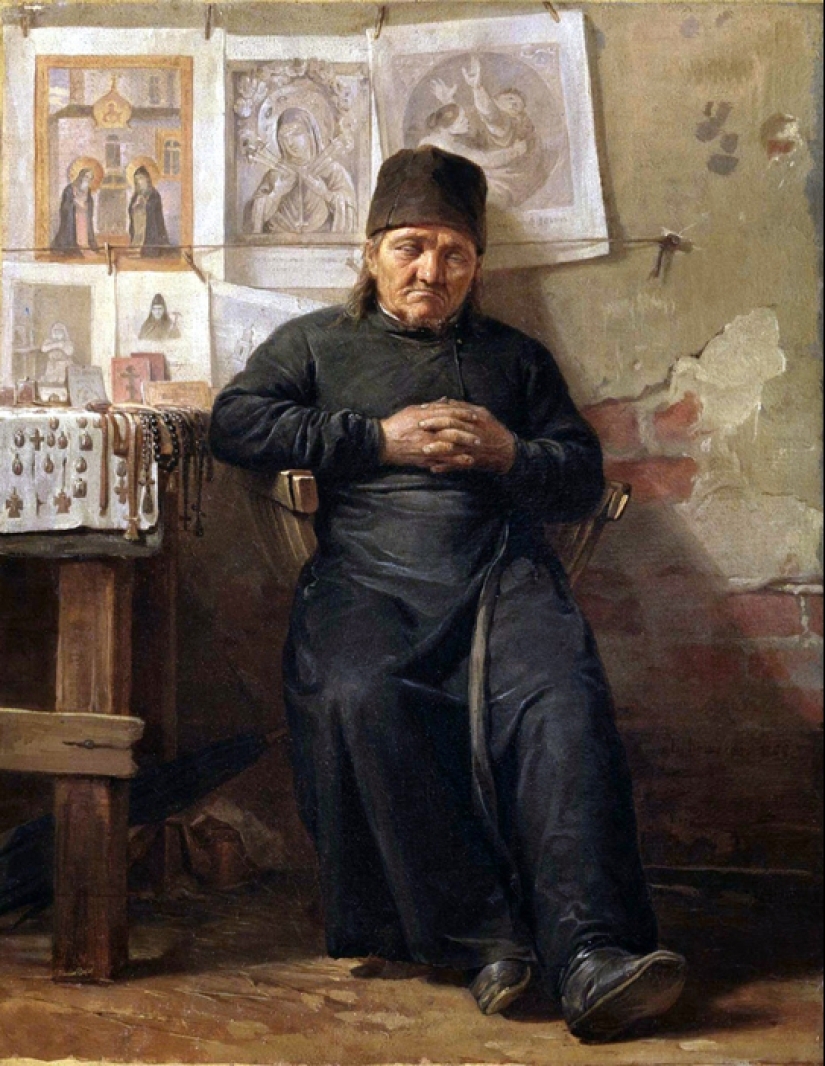
It is known that the gates of the Kiev Pechersk Lavra were even closed after lunch. The monastic brethren scattered to their cells and slept in their clothes. This did not allow them to relax unnecessarily, and the monks could quickly appear at the call of the abbot. By the way, the abbots of the monasteries themselves were no exception and, they say, they slept during the day without particularly limiting themselves in time.
The court ladies also did not miss the opportunity to sleep in the middle of the day. They did it in armchairs and on sofas. At the same time, it was necessary to make every effort to keep all the folds on the dress and not spoil the complicated hairstyle. In the 18th century, special wooden props were even used to preserve complex structures of hair on the head. But even these inconveniences could not force the ladies to give up daytime sleep.
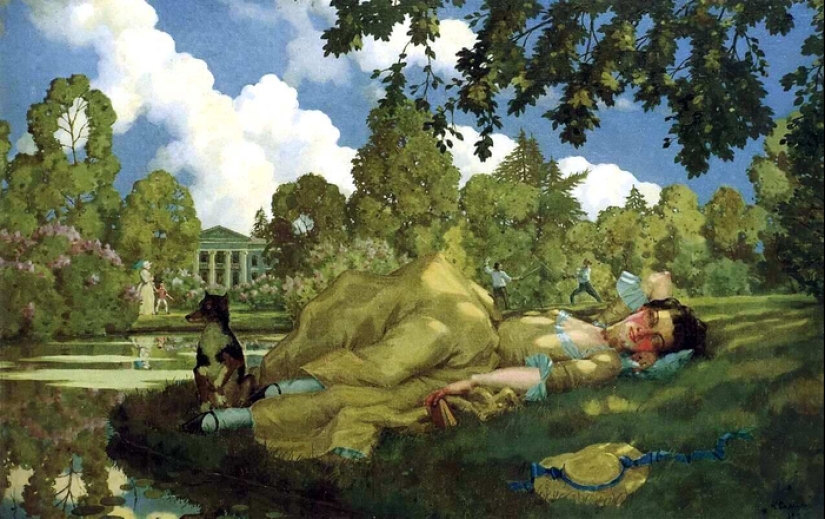
But the peasants could not always sleep after lunch. Custom allowed to be lazy during the day only from July 15 (Trofim-insomniac) and until March 10 (Tarasii-kumoshnik). Those who slept after Tarasia, according to popular belief, a fever was waiting for them. But this did not apply to those who worked in the field. The workers needed at least a little, but to lie down after eating. Moreover, just at lunch the sun was baking the most.
The shepherds also slept, however, they did it at their own risk. In the peasant environment, it was believed that if a shepherd sleeps, but his flock is safe and sound, then the goblin helps him. In order to enlist the help of the evil spirits guarding the flock while the shepherd sleeps, he had to perform a certain rite.
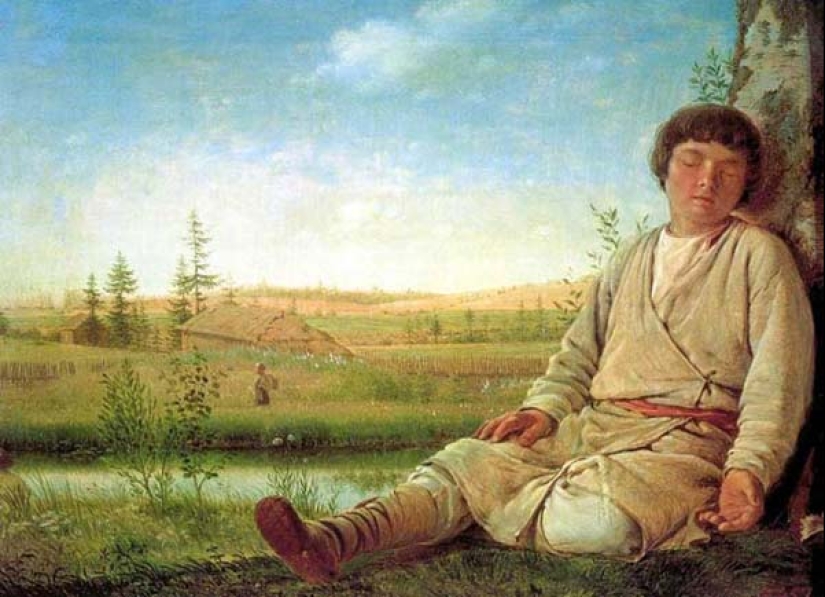
The afternoon nap was part of the daily routine of the boatmen. After eating in the afternoon, they certainly went to bed. This allowed them to regain strength after difficult transitions. The work of the boatman was one of the most difficult, because each of them had at least 40 kg of weight on the way.
Recent articles

Twitter user @FactBuffet collects interesting facts about everything. Today we bring to your attention another series of facts that ...

Aomori Prefecture in the north of the Japanese island of Honshu is an agricultural region famous for its delicious apples. In ...

Imagine a baby vampire or a tiny zombie with glass eyes ... An artist from the USA Bean Shanine specializes in creating such ...